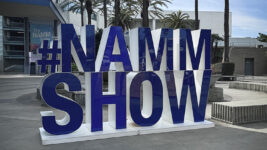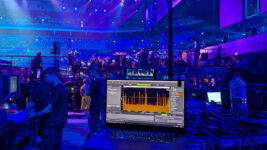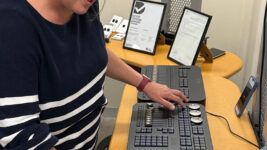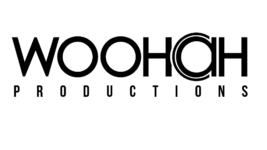News
28 Sep 2021
The Gaffa Tapes: A Dag on the Green
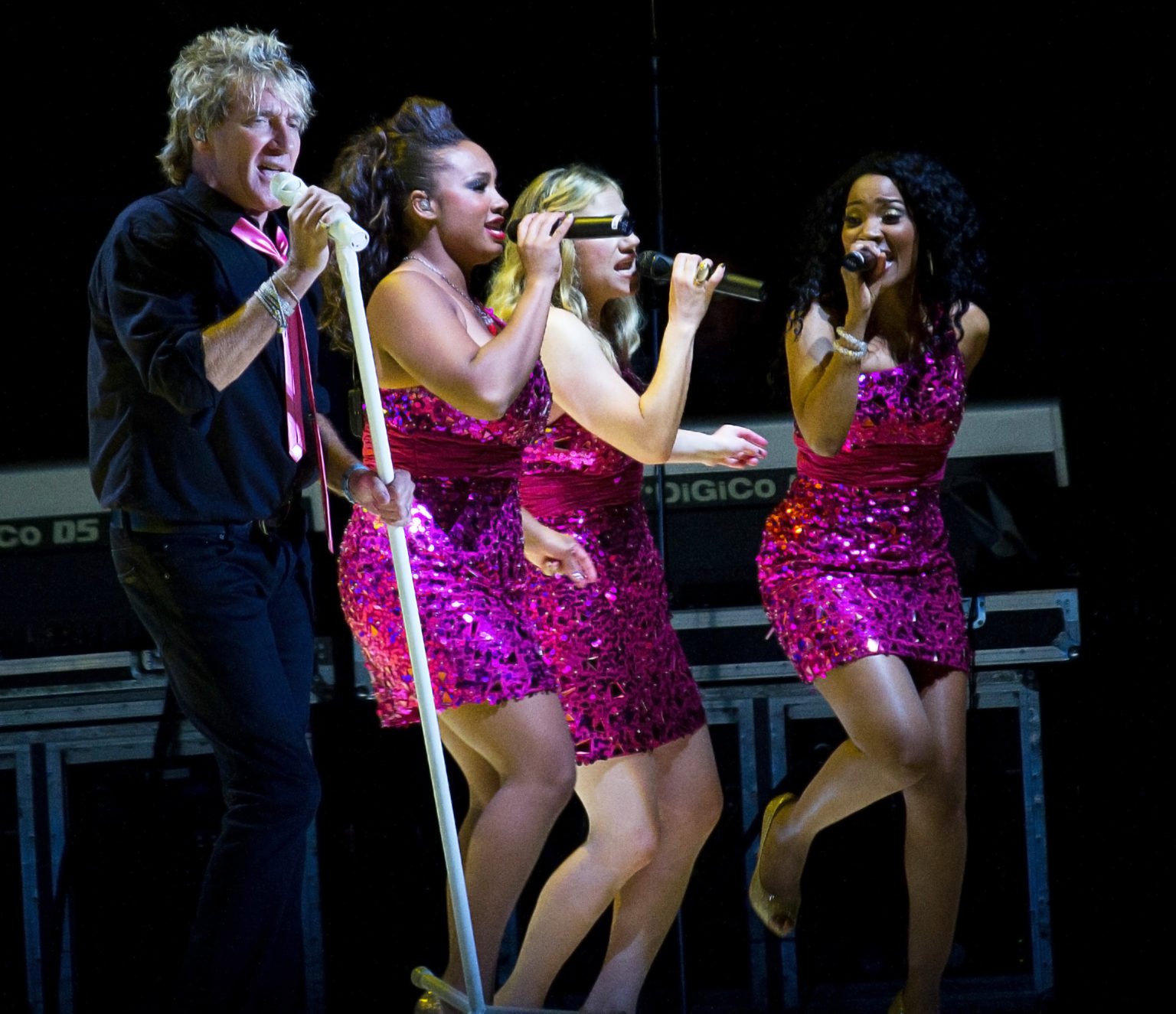
Subscribe to CX E-News
Snippets from the archives of a bygone era
(Lead pic: Rod Stewart and backup singers)
Call me a late bloomer, but I was still winding film onto camera sprockets in the early 2000s, and I didn’t shoot my first digital concert for CX until 2011—one year before Kodak filed for bankruptcy in 2012.
In preparation for reporting on Joe Cocker’s 2011 concert in the Hunter, I phoned A Day on the Green’s promoters and said, “Hi, it’s just a courtesy call to say I’ll be wandering around taking pictures for CX Magazine at the Joe Cocker concert on Saturday.” A very polite lady replied, “You’re new at this, aren’t you?” Notwithstanding, I was issued with free entry and my first photo pass to shoot from the pit. Thus began my obsession to get photo passes from promoters for every concert I reported on.
The Three Song Rule
Concert photographers are only allowed to shoot big event concerts in the pit for the first three songs. The reasons for this go back to the 80s and there are varying opinions. Some say that flash photography ruined performances and annoyed artists, but flash hasn’t been allowed for eons. Some say the photographers get in the eyeline of artists and the audience; and some say that artists don’t want to be photographed looking like Keith Richards late in the performance. The latter point is enforced by the restriction of some performers not allowing any photography from the pit at all. This was the case with Dolly Parton, Rod Stewart and others who only allowed photography from the soundboard.
Being a digital photography rank amateur, I tried to shoot the Cocker concert on semi-automatic, which kept the flash off, but the stage lighting threw my Canon EOS 550D’s sensor into overload. And, after fiddling with the settings I accidently triggered the flash and was immediately warned by security that I was on the verge of being turfed out of the pit.
Shooting music concerts on automatic is a disaster. My shots on that occasion were ordinary, but what an incredible high it was photographing Joe Cocker from the pit only three years before we lost the great singer and Woodstock legend. That high will always remain my solid excuse for driving out of Bimbadgen winery stone cold sober on the wrong side of the road.
So you learn manual settings. To get the light you shoot ‘wide open’ with the aperture at its lowest f-stop that your lens will allow. You wind the ISO up to at least 1600 and set the shutter speed above 200fps so you don’t blur the shot. And check out back button focus if you want to shoot like a pro. I don’t shoot on continuous, but that’s just a personal choice. I wait for a shot that might magically fulfil my preconceived image of the artist.
Armed with those settings, and with the right lenses, you now tell yourself you are as good as the seasoned pros, since none of them can change the lighting, the set, or the subject matter. Now it’s all point-and-shoot.
Regardless of having photo pass status you still have to manoeuvre through strict security, some of whom didn’t get the memo. For example, after producing my photo pass at the 2011 Elton John concert I was initially refused entry because they didn’t like my camera and lenses. “Yes, I know you have a photo pass, and you’re one of the photographers, but you’re not allowed in with that camera,” insisted the security guy. Eventually the promoter came to the gate and sorted it out.
At the Newcastle Entertainment Centre I had photo passes to shoot both Def Leppard and Heart. “You can’t enter the pit with both those stickers on your jacket,” said the pit security guy. So, for the Def Leppard shoot I had to peel off the Heart sticker, then replace it for the Heart performance and peel off the Def Leppard sticker. And I’m still trying to make sense of that a decade later.
I did behave myself in the pit for the Def Leppard shoot. But on re-entry with my Heart sticker re-attached I began to shoot the only remaining members from the original band, Ann and Nancy Wilson. I had bought the band’s debut studio album Dreamboat Annie in 1975, and I was a massive fan. Although Ann Wilson is the lead vocalist, it was difficult to train the lens away from her younger sister Nancy, whipping her hair about and still executing her trademark leg kicks at 57 years old. Ok, so I lost count after three songs and got turfed out of the pit!
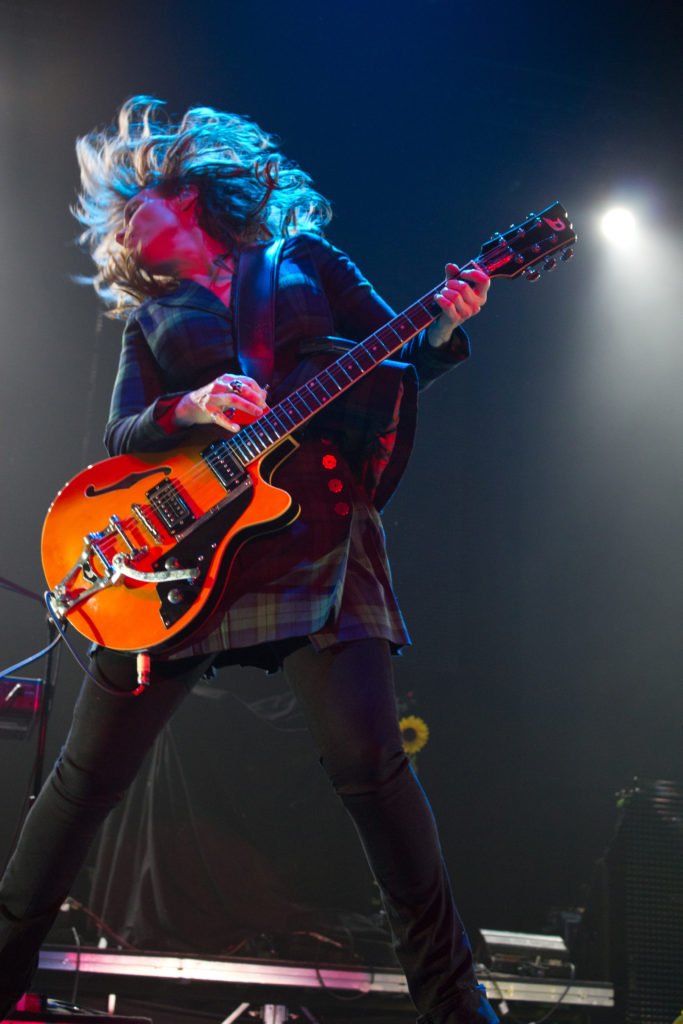
At the Rod Stewart concert, Hope Estate, Hunter Valley, they posted a security guard with me for the entire concert. This was a shoot from the Bio Box, as mentioned, Stewart doesn’t allow photography from the pit. Even then, Stewart’s sound engineer Lars Brogaard wouldn’t let me photograph him. After taking some shots of Stewart from some 40 metres away I thanked the security guard, telling him I was off home. After a fake in-and-out toilet stop at a row of porta-loos I snuck back through the dancing, wine-spilling fans, snaking as close to the stage as I could for the shots I needed.
Strangely enough the highlight of Rod Stewart’s show happened for me prior to the main performance. In an attempt to get an interview from one of his technicians I pounced on a guy with a backstage pass leaving the Bio Box. “Excuse me, are you with the crew?” I asked. “Yes.” “What do you do, Mate?” “I’m Rod Stewart’s bass player,” said Conrad Korsch. Not only did he console me after my profuse apology, but he even posed for photographs for me. Korsch is a legend in his own right, a recording artist who has his own albums, and who has been the bassist, not only for Rod Stewart, but for Carly Simon, Andrea Bocelli, Bette Midler, and several others.
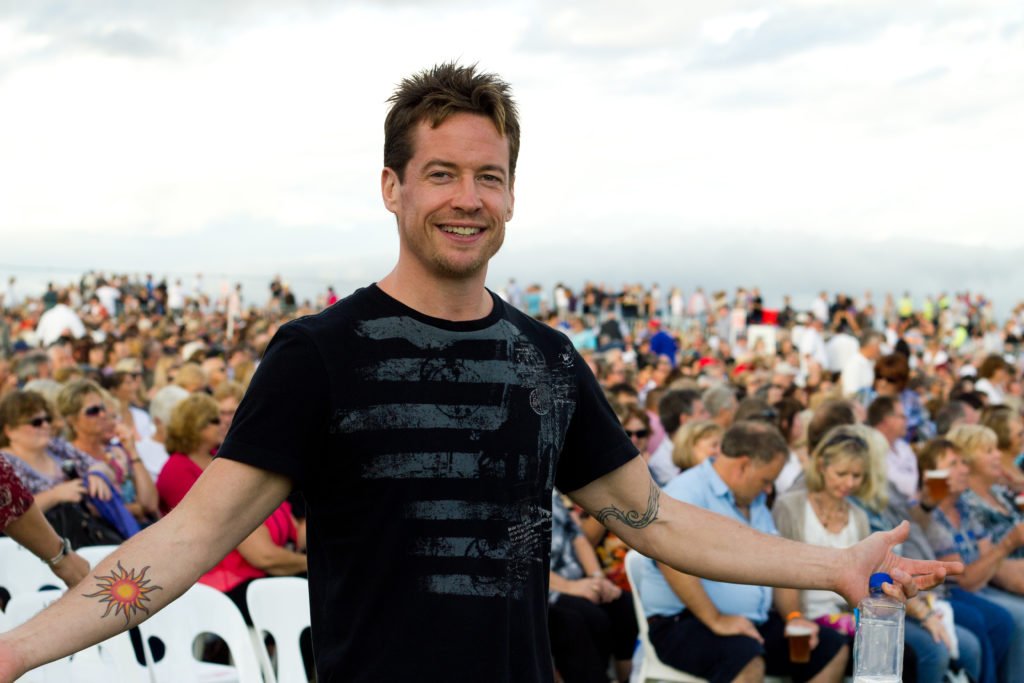
Sometimes a single picture can be the embodiment of an entire article. At the Elton John concert at Hope Estate 2011 they only allowed photographers in the pit for two songs. The first was I’m Still Standing. The other photographers positioned themselves for the front-on shots whilst I chose the keyboard side of the piano. At song’s end Elton rose to his feet and stood right in front of me. Zap! I had the shot and the headline, Still Standing.
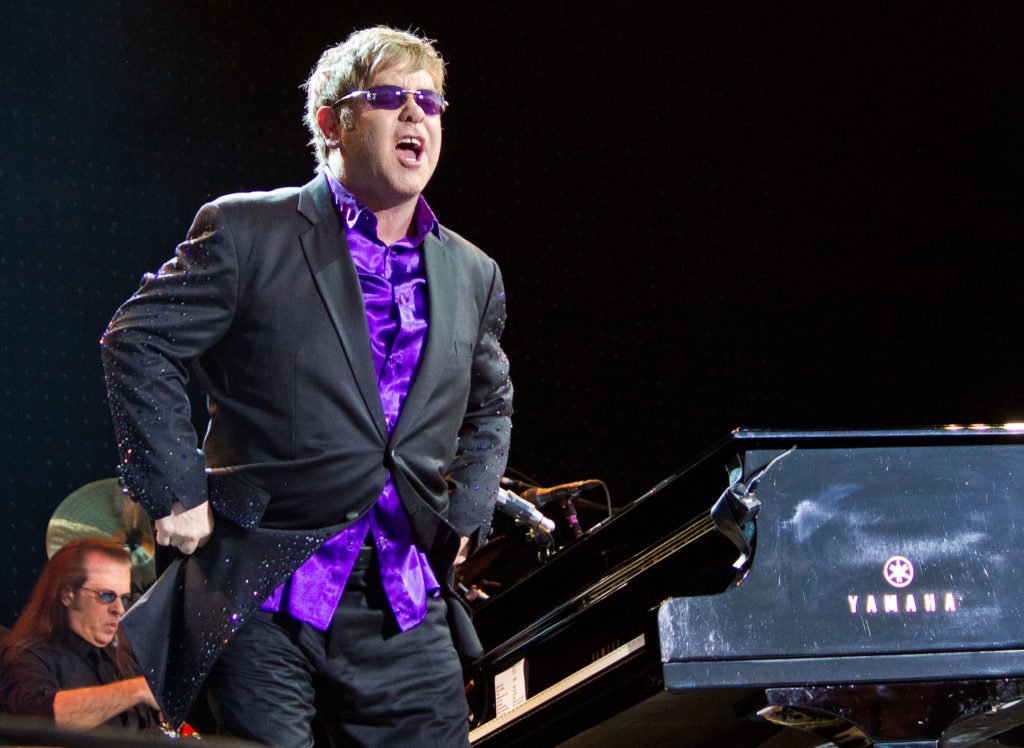
After the Elton John two song shoot all the photographers were escorted to the backstage area. “Man, this is going to be great, drinks, backstage party,” I thought. No, it turned out to be an exit to the carpark. Here, we were unceremoniously stripped of our ID stickers in a formality akin to a defrocking ceremony, with access denied to re-enter and watch the rest of the show.
“Everyone calls him Meat,” Meat Loaf’s nice-guy sound engineer George Wehrlin told me during an extensive interview following another Bimbadgen winery concert. And, at the Meat Loaf concert I followed Meat’s every move on stage, looking for the right shot. Mid-song he turned his back to talk to a musician, then he suddenly turned in theatrical rage. Zap! I had the CX cover shot for the November 2011 edition, along with a friendly “you bastard” look from one of the photographers who had missed the shot.
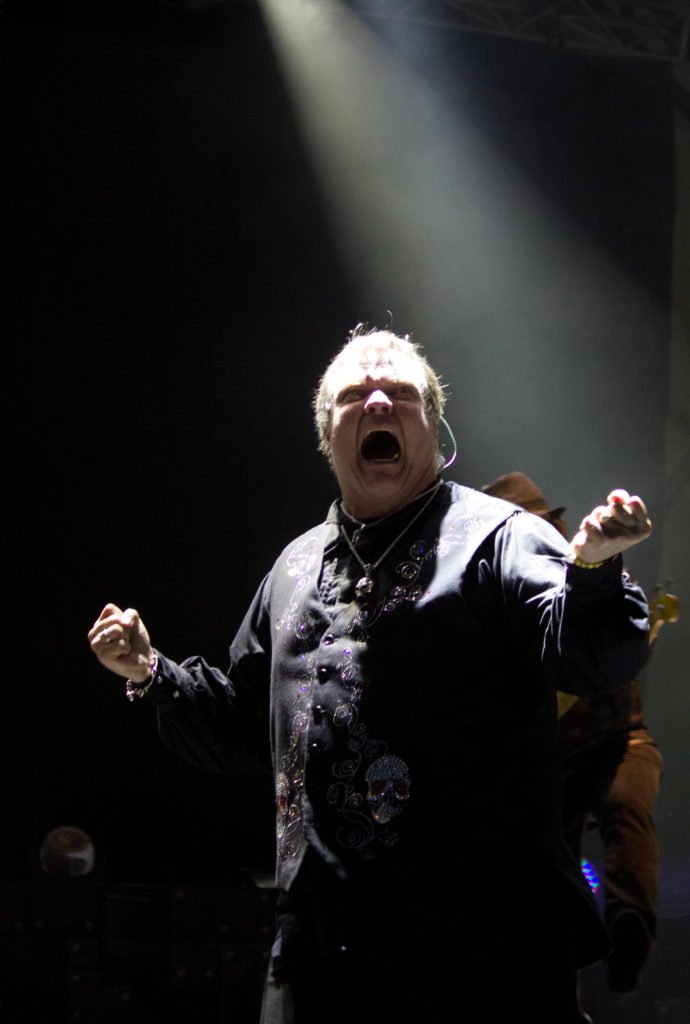
I have never longed for a return to a world of cassette tapes, vinyl records nor film cameras. And although my heart goes out to great inventions like the paper clip of 1867, the digital camera, with its magical little SD card that can store thousands of instant pictures, just tips the scales for me.
Subscribe
Published monthly since 1991, our famous AV industry magazine is free for download or pay for print. Subscribers also receive CX News, our free weekly email with the latest industry news and jobs.

